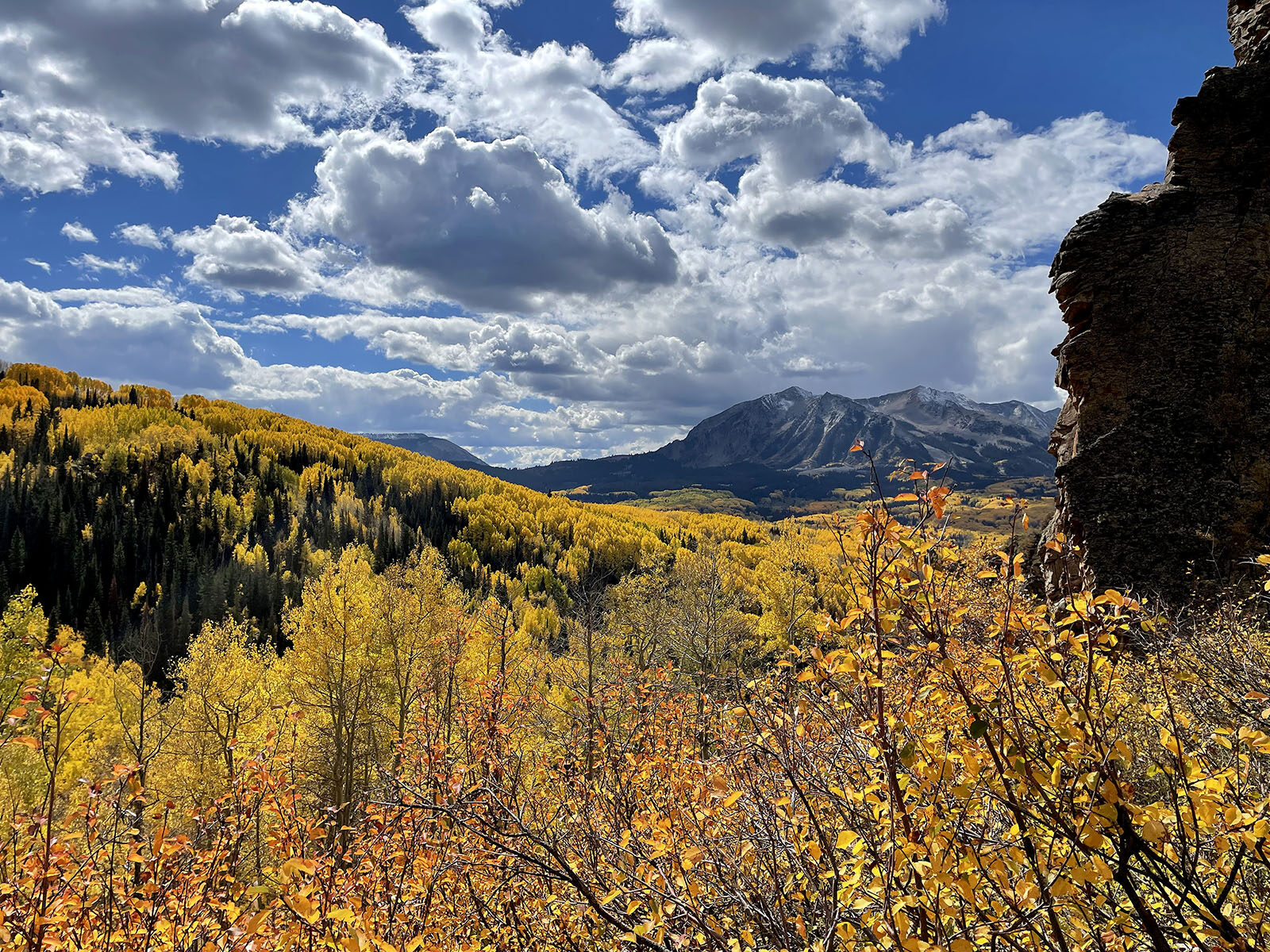
ALEXANDER MARTIN was born in Scotland in 1841. Martin located his first Colorado studio in Boulder in 1874 and remained there until approximately 1878. He next established two studios, one in Central City and the other in Denver. He conducted his photography business in those two locations until 1884, when he decided to relocate to Georgetown. He remained there until 1888, when he decided to return to Denver. From 1888 to 1890, he maintained a photographic studio at 1634 Larimer Street; 1890 – 1893, Clear Creek Avenue, southeast corner of Coyote; 1894 – 1897, 1740 Larimer Street; 1898, Room 53, Tabor Block; 1899 – 1900, 2500 19th; 1901, 1629 Platte; and then from his home at 4445 Cherokee, Denver.

COURTHOUSE, Boulder, Colorado, Alex Martin glass-plate negative #2710, taken in the late 1870s.
ALEXANDER MARTIN GLASS-PLATE NEGATIVES COLLECTION
REMEMBER A TIME, NOT SO FAR BACK, when our entire world was on film? When after taking 12-, or 24-, or 36- photographs, you drove to a nearby Photomat, dropped off your cannister of film with the attendant, then waited a week or two before you learned the results. Whether or not you actually loaded the film properly. Whether or not you opened the back of your camera before entirely rolling back the film into the metal cannister. Whether or not you managed focused images. Or had any sense of framing a subject. What an “f” stop was or aperture settings. Remember those days, not so long ago?
Well, Alex Martin took photographs way, way, way back before even that time.
We’re looking before Kodak Brownies (and not the kind you eat). Before snapshots. Before most hand-held cameras. Before film.
Alex Martin captured photographic images on emulsion spread out thinly on a transparent, smooth glass-plate. A gelatinous emulsion composed of silver nitrate, sodium chloride, potassium bromide and alkali metal halides coating a noncrystalline, transparent solid. A glass-plate slid into the back of a box-camera and briefly exposed to the reflected light of a subject to produce a negative image of that subject.
That was more than a century ago.
Images on glass! Hard to believe.
But just look at the images below.

CENTRAL CITY, COLORADO, the main gold mining town in the Central Gold MIning District, by Alex Martin, circa 1890.
We, here, at COLORADO ARTIFACTUAL, have acquired a significant collection of original Alex Martin glass-plate negatives, mostly of Denver and Colorado, dated late 1870s and up to around 1910. Two hundred plus (200+) of original glass-plate images taken by Martin with his various box-cameras. Stereo views, cabinet card, boudoir card, and imperial-sized. A representative collection from a Colorado photographer who captured thousands of images during his career.

BROADWAY & 17TH STREET, DENVER, COLORADO by Alex Martin, circa 1900
Exhibited on this page are positive photographic images digitized from the Alex Martin Collection with the use of an Epson V850. We will offer a number of representative images from this unique Collection, but certainly not all. We will leave that intriguing task to the next guardian of other times and space. But we will certainly exhibit enough examples of Martin’s glass-plate images for the next potential guardian to make a reasonable decision on whether or not to consider this Collection for their archives.

COORS BREWERY, Golden, Colorado photographed by Alex Martin, circa 1900.
Each glass plate has been carefully preserved in its own bubble-pack environment to prevent cracking or chipping, and the dried emulsion from peeling, flaking or scratching. Most of the glass-plates are in very good plus to near fine condition; however, approximately 5% have pre-existing damage. Most of the damaged glass plates can still be digitized into useful images for researching or reprinting.

CHEESEMAN BLOCK, Denver, Colorado, photographic image #231 by Alex Martin, circa 1885.
The CHEESEMAN BLOCK (#231) glass-plate negative exhibited above shows some emulsion flaking in the upper right-hand corner of the image, yet 95% of the remaining image is highly detailed and ready for reprinting.

ALEX MARTIN focused his camera lens on city scenes, street views, gold and silver mines, railroads, ranches, farms, industrial buildings and private homes, parades and individual personalities. Many of his image display an artistry similar to that of William Henry Jackson, such as the one above, HIGHES POINT ON TENNESSE PASS, between Leadville and Red Cliff, COLORADO, circa 1885.

NORTH LEADVILLE from Carbonate Hill, Colorado by Alex Martin, circa 1880.

OUR CATHOLIC INSTITUTIONS, Georgetown, Colorado, photographic image by Alex Martin, circa 1885.

ELECTRIC TRAM on Denver City street, Colorado, by Alex Martin, circa 1890.
The exquisite variety of photographic images in this ALEX MARTIN COLLECTIONS does not cease to astound. Martin was a photographic chronicler of his age, on a frontier just developing, in a time when the United States was burgeoning to realize its wealth and find its place in the world hierarchy. Every Martin photograph in this collection expresses that kinetic energy and drive.

BENNETT AVENUE, CITY OF CRIPPLE CREEK, Cripple Creek Gold Mining District, Colorado, by Alex Martin, circa 1900.

MAIN STREET, Pueblo, Colorado, photographic image by Alex Martin, circa 1890.

LA VETA PLACE, Denver, Colorado, glass-plate photographic image by Alex Martin, circa 1905.

TEN-MILE RANGE from Farnham, Boreas Pass, along the route of the Denver, South Park & Pacific Railroad, photographic image by Alex Martin, circa 1880.
The above image of Denver & South Park & Pacific Railroad Engine #70 on Boreas Pass is an example of one of the glass-plate images that will require conservation. There are some other glass-plate negatives that require conservation attention in this COLLECTION, but a small percentage compared to those in very good plus to near fine condition.

The ALEX MARTIN COLLECTION of glass-plate negatives is being offered for sale by COLORADO ARTIFACTUAL. Price for entire collection: $25,000.00.

ALEXANDER MARTIN traveling in a 1923 COLORADO automobile.

HARRY HOUDINI meeting ALEX MARTIN at Martin’s Denver, Colorado studio, 1920. At this time, Martin was promoting himself as a “spirit photographer.” [This photograph is not part of the ALEX MARTIN COLLECTION of glass-plate negatives.]

